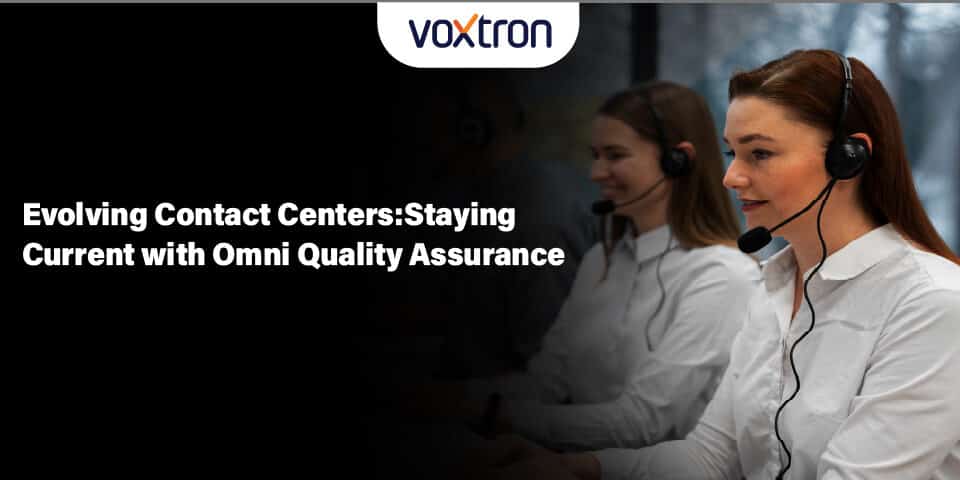
Choosing an AI Contact Center Partner: The Importance of Ethics and Privacy
July 16, 2025
How to Integrate Odoo ERP with Your CCaaS Platform to Boost Contact Center Efficiency
July 21, 2025Migrating from Legacy Systems to Odoo: A Roadmap for Contact Centers
Contact centers across the world face mounting pressure to modernize operations, improve efficiency, and deliver world-class customer experiences. For many, the way forward is to replace fragmented legacy systems with platforms like Odoo. Such ERP solutions offer real-time visibility, process automation, and tighter integration between customer interactions and backend operations.
In this article, we outline why Odoo is an ideal solution for contact centers, explore the complexities and challenges of migration, and provide a step-by-step roadmap to ensure a seamless transition.
Why Odoo Is the Right Choice for Contact Centers
Odoo has rapidly become the ERP and CRM platform of choice for businesses due to its modular structure, flexibility, and robust localization features. Additionally, its cloud-based deployment enables quick scaling. Built-in support for regional compliance and VAT management further ensures smooth operations for contact centers serving diverse markets.
Key benefits of choosing Odoo for contact centers include:
- Unified Customer View: Odoo consolidates all customer interactions into a single profile. Thus, it empowers agents to deliver personalized service and faster resolutions.
- Workflow Automation: Automates ticket routing, follow-ups, and escalations to boost agent productivity and reduce manual errors.
- Real-Time Analytics: Accesses actionable insights on call volumes, agent performance, and customer satisfaction, enabling data-driven decisions.
- Seamless Integration: Odoo’s open architecture allows easy integration with telephony, helpdesk, and third-party apps, creating a true omnichannel experience.
Before You Migrate to Odoo: Key Issues Contact Centers Must Plan For
Migrating from a legacy system to Odoo is a transformative move that can boost customer service. However, the process often involves data inconsistencies, reworking custom integrations, retraining teams, and minimizing disruption to ongoing contact center activities. Identifying these challenges early is key to a successful, low-risk migration.
- Data Migration: Contact centers relying on legacy systems often contain large volumes of unstructured or inconsistent data. Ensuring data integrity during migration is essential and can be complex.
- Integration Rebuilds: Existing integrations with telephony, ticketing, or business tools may need to be re-engineered to work with Odoo.
- Customization Gaps: Custom features in legacy systems may not map directly to Odoo modules, requiring thoughtful redesign or new development.
- User Adoption: Employees accustomed to old systems must adapt. The business must make training and change management critical.
- Downtime Risks: Without careful planning, migration can cause business disruptions. Minimizing downtime is a top priority.
Despite these challenges, with the right expertise and approach, migration can be executed smoothly, unlocking significant improvements in efficiency, scalability, and customer service.
A Step-by-Step Roadmap for Contact Centers for a Successful Migration to Odoo
A well-planned migration reduces downtime, protects data integrity, and helps your contact center team adapt faster to Odoo. Here’s how to approach the transition from legacy systems to Odoo, step by step:
1. Assessment and Planning
- Conduct a System Audit: Identify all data sources, legacy dependencies, agent workflows, and call handling procedures.
- Define Objectives: Set clear, measurable goals such as faster first-response times, unified ticketing, or real-time reporting.
- Engage Stakeholders: Involve IT operations leads, and team supervisors early to uncover hidden needs and frontline realities.
2. Data Preparation
- Cleansing: Remove duplicates, outdated records, and inconsistencies from customer and case histories.
- Mapping: Map legacy data fields to Odoo’s structure, ensuring no critical information is lost in translation.
- Backup: Take comprehensive backups of all legacy data before initiating migration47.
3. System Configuration and Customization
- Module Selection: Choose Odoo modules that match your contact center’s needs—CRM, Helpdesk, VoIP, and more.
- Workflow Redesign: Adapt or redesign workflows to leverage Odoo’s automation and integration capabilities.
- Localization: Configure regional settings, such as local language support and VAT compliance.
4. Integration Development
- Telephony Integration: Rebuild or configure integrations with your current PBX or cloud telephony provider to ensure smooth inbound/outbound call flow.
- Third-Party Apps: Sync essential tools like ticketing platforms, calendars, or workforce management systems to avoid process silos.
5. Testing and Validation
- Pilot Migration: Run a limited-scope test migration with a subset of data and users to identify issues early.
- User Acceptance Testing (UAT): Involve key users in testing to validate workflows, data accuracy, and system performance.
- Issue Resolution: Address any bugs, data mismatches, or integration gaps before full deployment.
6. Training and Change Management
- Role-Based Training: Provide targeted training for agents, supervisors, and administrators to ensure smooth adoption.
- Support Resources: Offer documentation, FAQs, and helpdesk support during and after migration.
- Feedback Loops: Establish channels for user feedback to drive continuous improvement. Capture team feedback and make early adjustments for a successful implementation.
7. Go-Live and Post-Migration Support
- Phased Rollout: Consider a phased go-live to minimize risk and disruption.
- Performance Monitoring: Closely monitor system performance, user activity, and customer feedback.
- Continuous Optimization: Use Odoo’s analytics to identify further opportunities for process improvement.
Real-World Scenarios and How to Address Them
Every contact center is different. Hence, their migration strategies must adapt to operational size, regulatory environment, and existing system complexity. Here are a few common scenarios and how Odoo can be tailored to solve them:
Odoo’s flexibility allows it to be adapted for different types of contact center operations. Below are a few real-world scenarios and how Odoo supports each:
1. Large, Multi-Site Contact Centers
Odoo’s centralized database and cloud-based deployment make it possible to manage users, workflows, and reporting across multiple branches from a single interface. Administrators can define role-based permissions, monitor live KPIs across locations, and standardize processes while still enabling local configuration when needed.
2. Contact Centers with Regional Compliance Needs
Odoo includes built-in features for localization such as multi-language support, regional tax rules (including VAT), and data handling aligned with country-specific regulations. It also supports hosting on local servers or compliant cloud infrastructure to meet data residency requirements.
3. Legacy Systems with Custom Features
For centers using legacy platforms with heavy customizations, Odoo supports module-level custom development. Hence, existing logic can be re-implemented using Odoo Studio, custom modules, or third-party apps to ensure operational continuity.
Conclusion: Transform the Future of Your Contact Center Operations with Odoo
Migrating from legacy systems to Odoo is more than just a technical upgrade, it is a strategic move that enables contact centers to unify operations, enhance agent performance, and deliver superior customer experiences.
Voxtron is an official Odoo partner with extensive experience in the Middle East. We provide end-to-end support at every stage of the migration journey. This includes planning, data migration, customization, integration, and post-launch optimization.
Contact us today to start your Odoo migration and take the next step toward a more agile, efficient, and customer-centric future.




